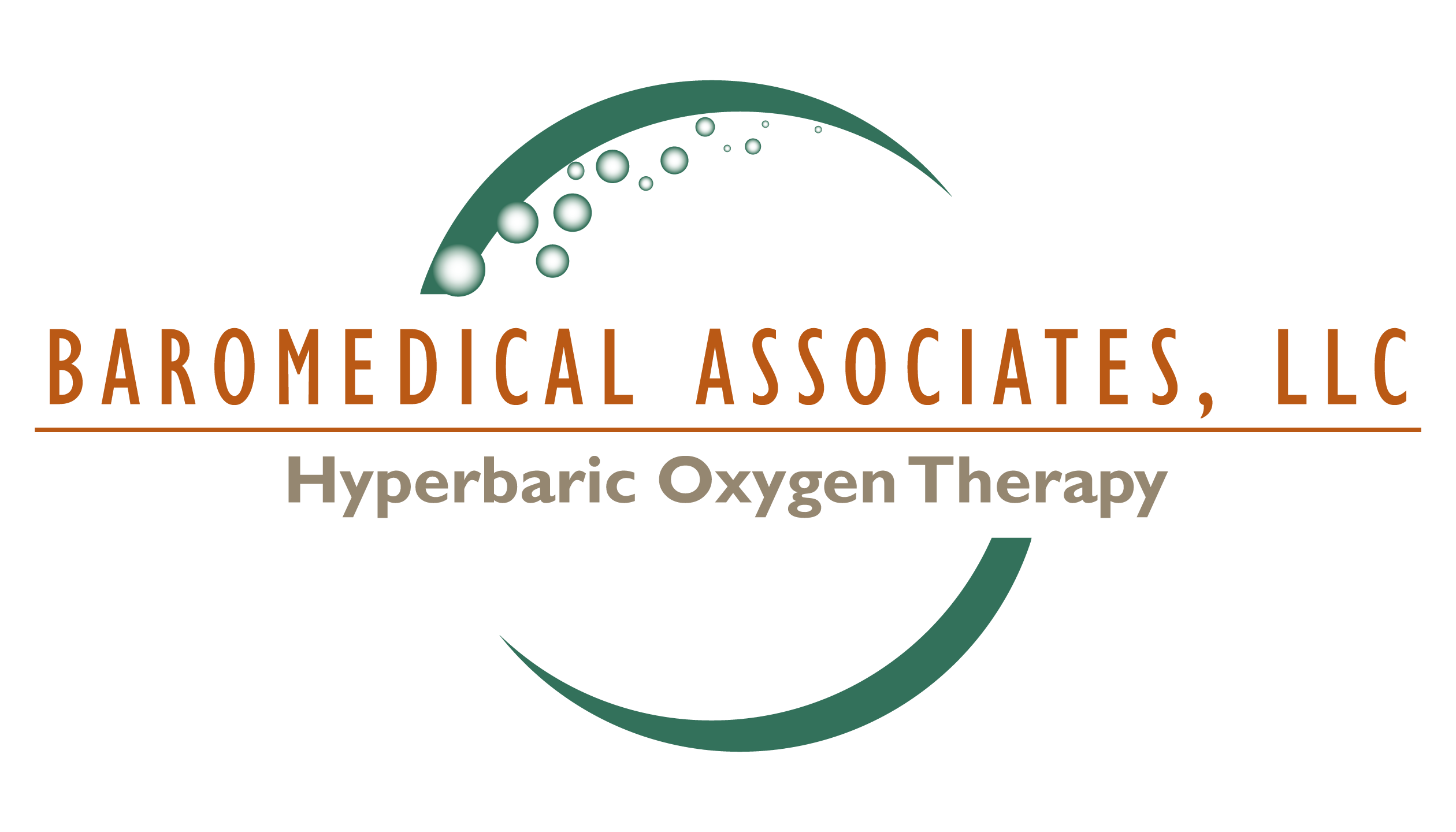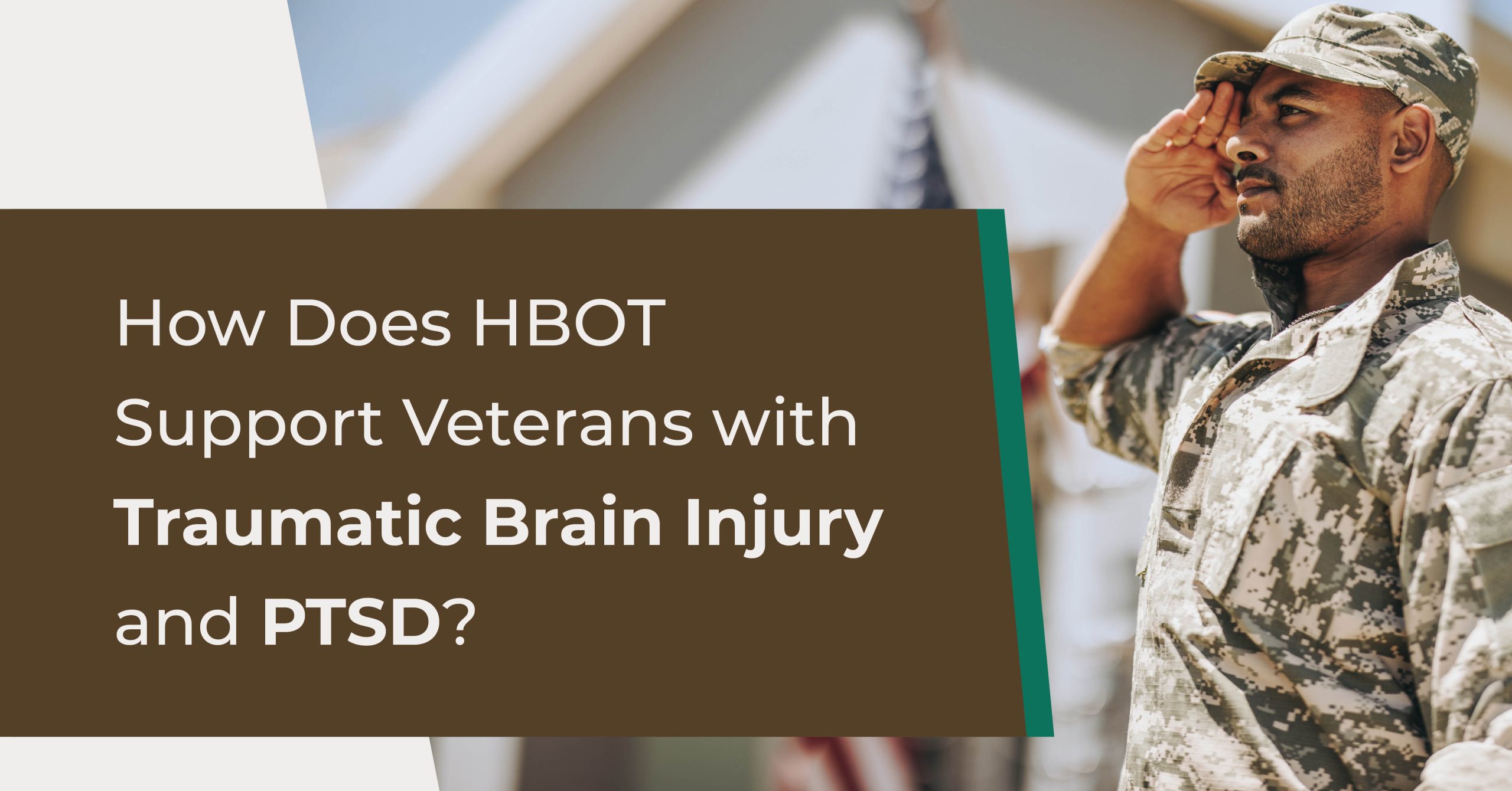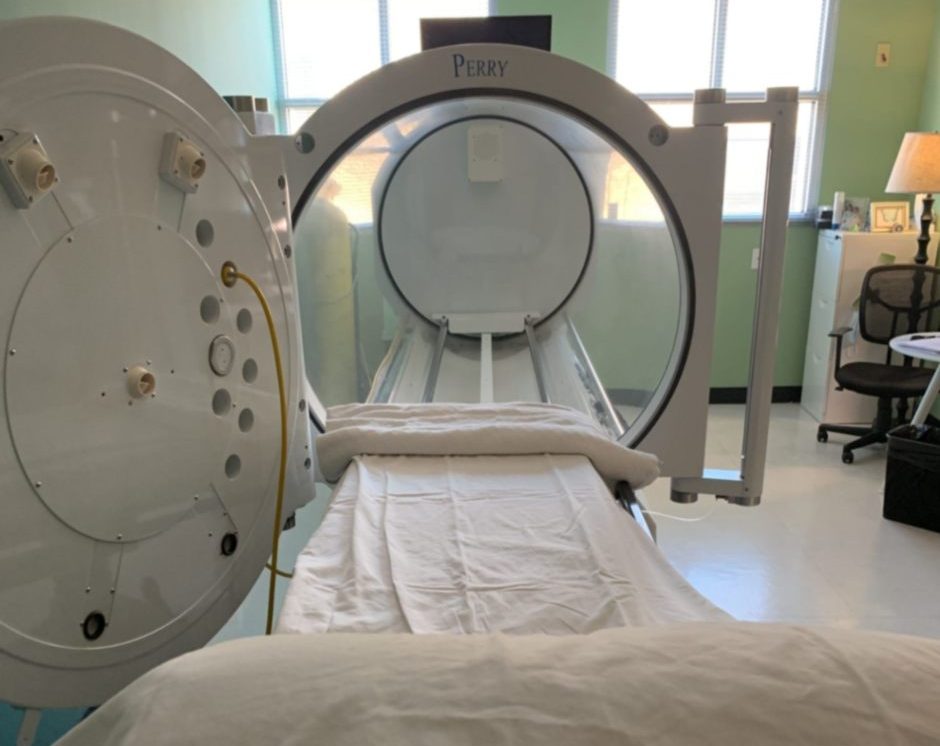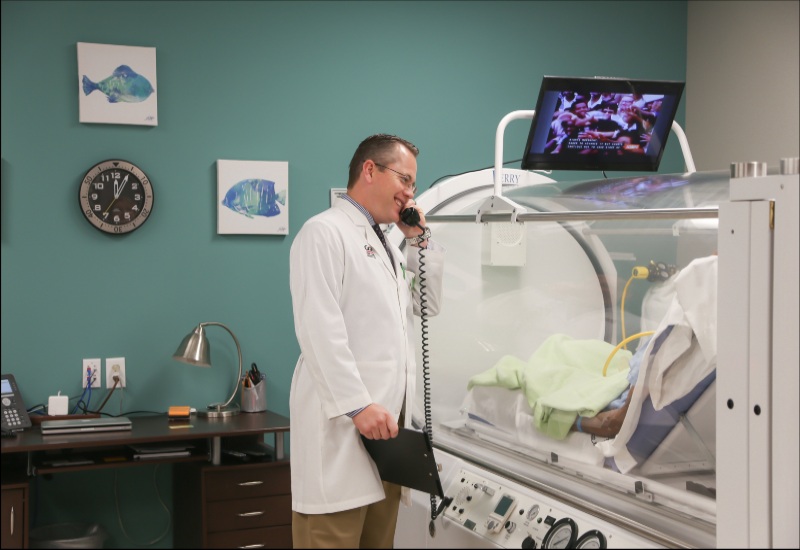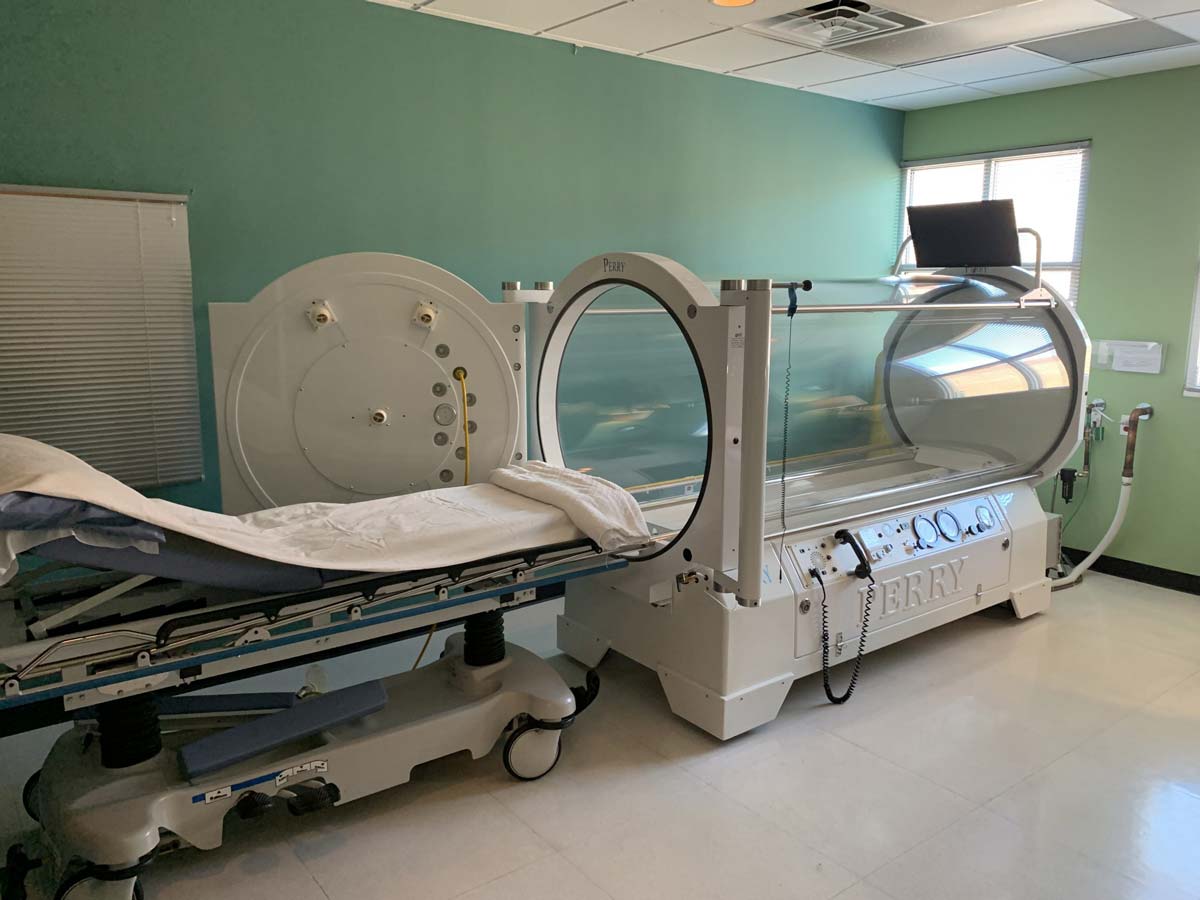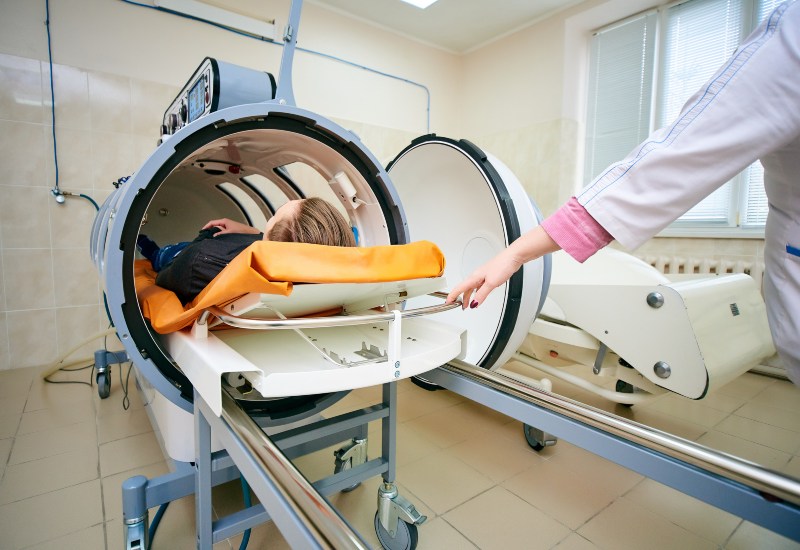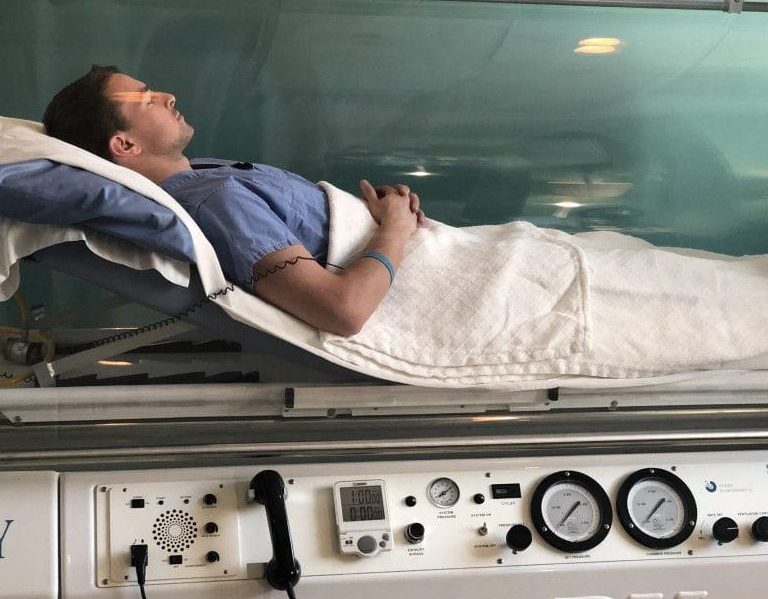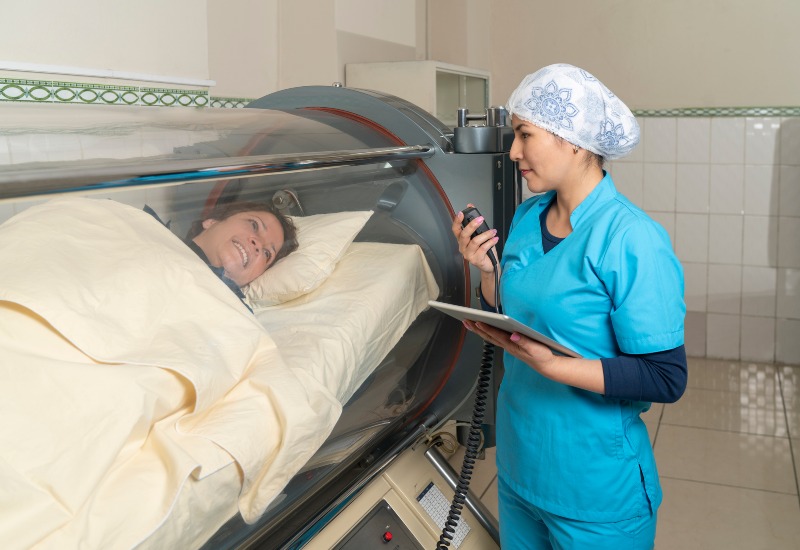Veterans often face unique challenges after their military service ends, including traumatic brain injuries (TBI) and post-traumatic stress disorder (PTSD). While traditional treatments remain the cornerstone of care, more veterans are exploring hyperbaric oxygen therapy (HBOT) as a complementary approach. Explore how HBOT works and its potential benefits.
What Is Hyperbaric Oxygen Therapy?
HBOT involves breathing 100% oxygen in a pressurized chamber, which increases the amount of oxygen in the bloodstream. HBOT is commonly used for conditions like carbon monoxide poisoning and diabetic wounds, but its potential for treating TBI and PTSD has also been explored for years.
HBOT and Traumatic Brain Injury
TBI, caused by an intense blow or jolt to the head, can lead to physical, cognitive, and emotional challenges. Veterans with TBI may experience symptoms like headaches, memory loss, and difficulty concentrating. Common treatment methods include physical, occupational, and speech-language therapy.
What about hyperbaric therapy for combat-related injuries? Numerous studies over the years have explored HBOT as a potential brain trauma treatment for veterans. Research is ongoing and not conclusive, but findings suggest that exposure to an oxygen-rich environment might help TBI by:
- Increasing oxygen levels to promote tissue repair
- Reducing swelling and improving blood flow to affected areas of the brain
- Supporting neuroplasticity and encouraging the brain to rewire and recover1
HBOT and PTSD
PTSD affects up to 30% of veterans returning from combat zones, a result of experiencing emotionally traumatic events during service1. Common symptoms include flashbacks, anxiety, and emotional detachment. Traditional treatments for PTSD involve cognitive-behavioral therapy and pharmacotherapy based on the veteran’s preferences. However, these treatments offer only marginal success and have high dropout rates.
Hyperbaric oxygen therapy for PTSD is based on the idea that improving oxygen flow to the brain could regulate areas associated with mood and stress. Recent clinical findings have demonstrated the beneficial effect of HBOT on veterans with treatment-resistant PTSD. In addition to increasing oxygen levels, reducing swelling, and supporting neuroplasticity, HBOT provides the following benefits for PTSD patients1:
- Alleviated hypoxia-related stress: Chronic stress, a hallmark of PTSD, can lead to hypoxia (low oxygen levels) in certain brain areas. Saturating tissues with oxygen counteracts hypoxia and helps restore normal brain function.
- Calmed nervous system: PTSD often involves an overactive sympathetic nervous system (responsible for the “fight or flight” response). Research suggests that HBOT helps modulate the nervous system, reducing hyperarousal symptoms and promoting a calmer state.
Should Veterans Consider HBOT?
For veterans looking into TBI or PTSD symptom management with oxygen therapy, it’s crucial to continue receiving counseling, taking medication, and pursuing cognitive rehabilitation. HBOT is worth exploring as a complementary option, but it shouldn’t replace traditional treatments. Consult your primary healthcare provider to discuss what might be best for your situation.
Learn More About Brain Trauma Treatment for Veterans
Baromedical Associates is an innovator in hyperbaric oxygen therapy, offering advanced treatment in FDA-approved, single-person hyperbaric chambers. Patients come to us from all over the world for our experience and dedication to results. Contact us today to schedule a consultation at one of our four locations in the Dallas Metroplex area.
Reference:
